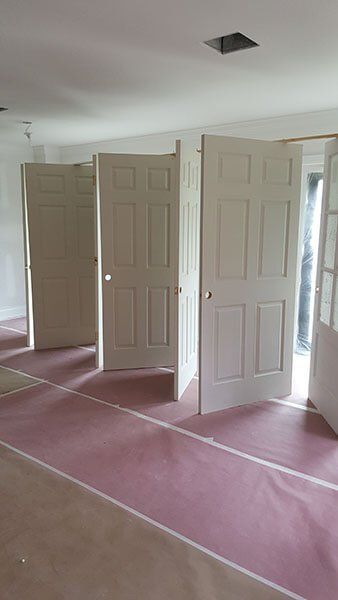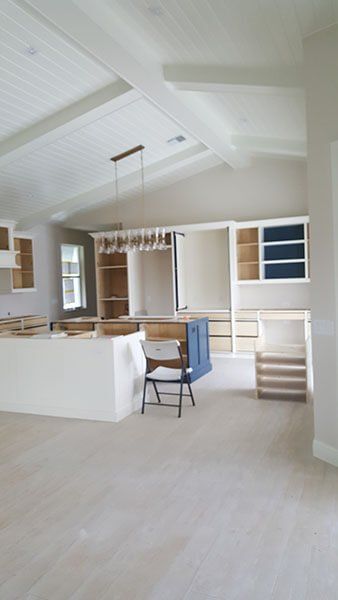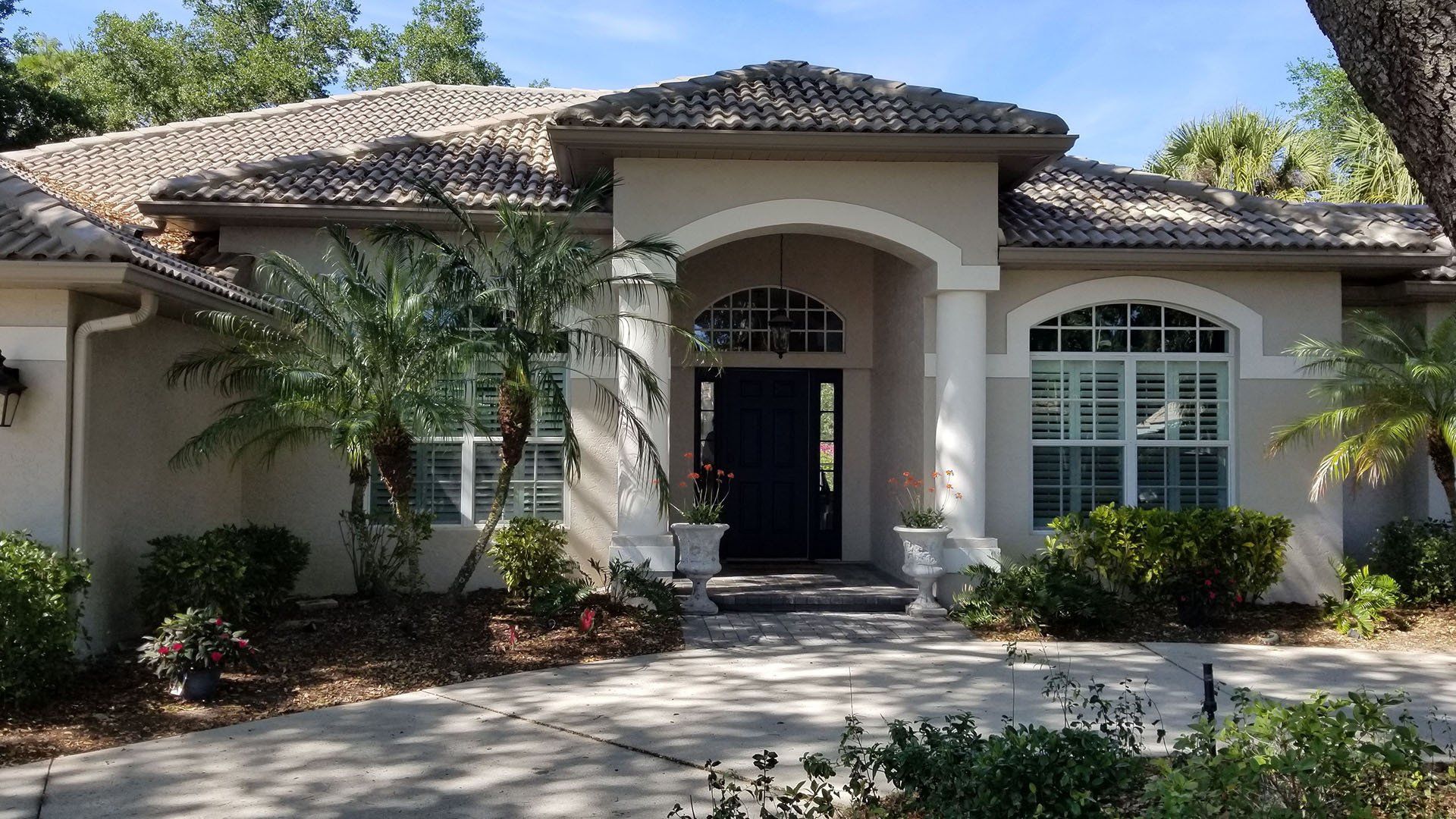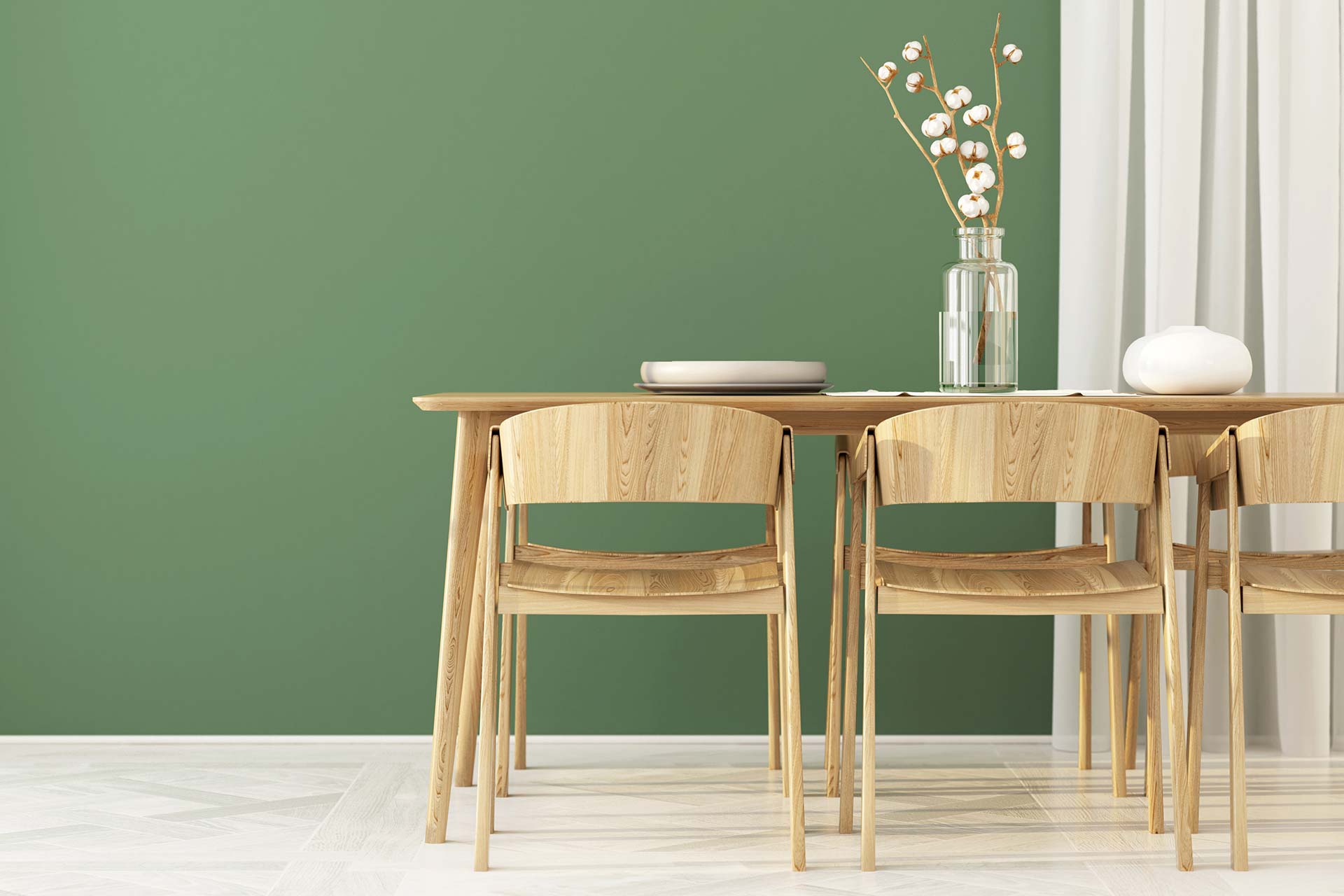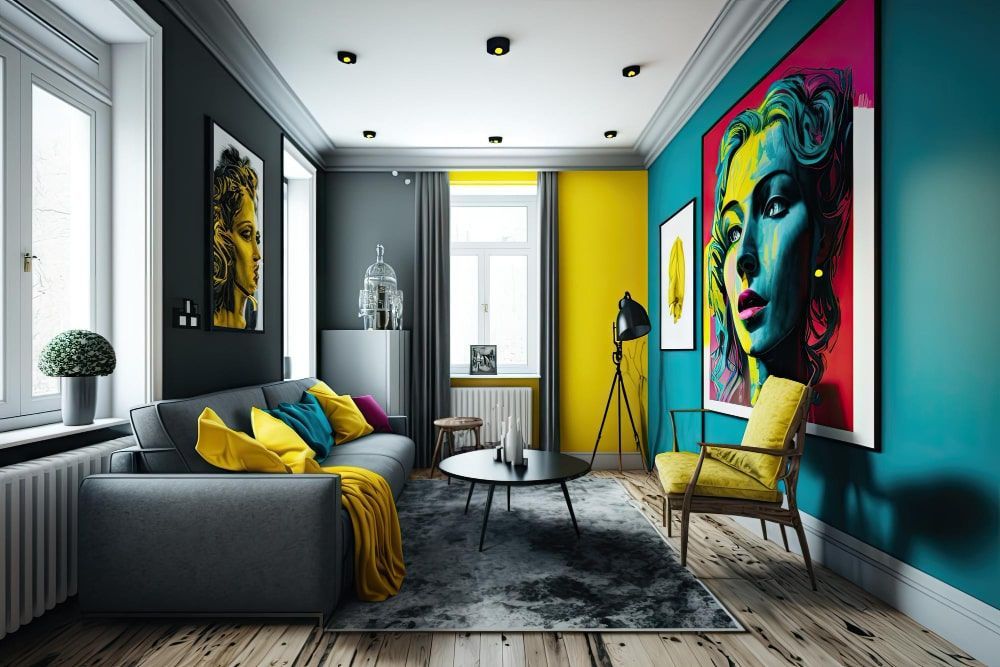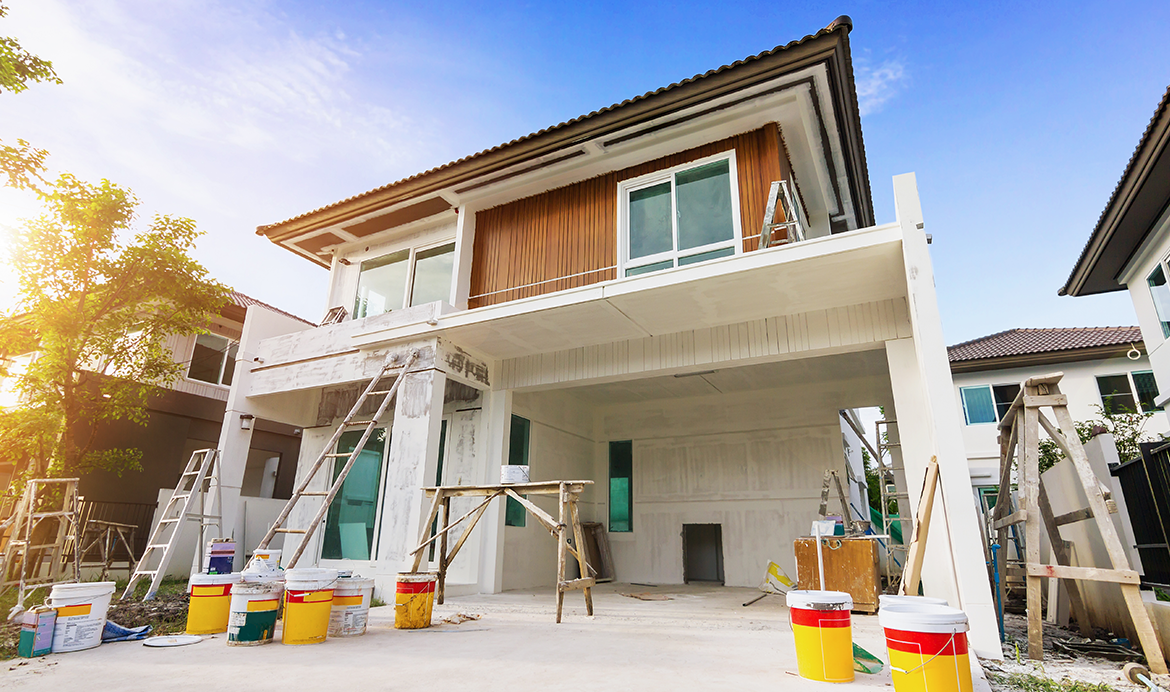Spray Painting vs. Brush Painting: Which is Better?
Painting is a complex process, and selecting between spray painting and brush painting can be an overwhelming decision. Each method has its own set of advantages and disadvantages, and the final choice depends on the project's demands and the painter's level of experience. In this article, we will examine the pros and cons of both spray painting and brush painting to assist you in making a well-informed decision.
Spray painting and brush painting are two common techniques used in painting. Spray painting creates a smooth and uniform finish, but it can be challenging to control and cause a mess. Brush painting, on the other hand, allows for intricate and detailed work, but it can be time-consuming and produce brush marks. The selection between the two techniques will be determined by your specific requirements and preferences.
Overall, understanding the differences between spray painting and brush painting will help you choose the
best technique for your painting project, resulting in a stunning and satisfactory outcome.
Spray Painting
Spray painting is a technique that involves using a spray gun to apply paint to a surface. It is ideal for large surfaces such as walls, ceilings, and exterior surfaces. Here are some advantages of spray painting:
Fast and efficient:
Spray painting is a quick and efficient way to apply paint. You can paint large areas in a short amount of time, making it ideal for projects with tight schedules.
Smooth, even finish:
Spray painting produces a smooth, even finish that is free from brush marks.
Reaches difficult areas:
The fine mist of paint produced by spray painting can reach areas that are difficult to access with a brush.
Cost-effective:
Spray painting requires less paint than brush painting, making it a cost-effective option.
However, spray painting also has some disadvantages:
Requires skill and experience:
Spray painting requires skill and experience to achieve a professional finish. If you are not familiar with the technique, it can result in uneven coverage and overspray.
Not suitable for small surfaces:
Spray painting is not ideal for small surfaces such as furniture, cabinets, and trim.
Brush Painting
Brush painting is a traditional painting technique that involves using a brush to apply paint to a surface. It is ideal for small surfaces and provides a personal touch that cannot be achieved with spray painting. Here are some advantages of brush painting:
Allows for control:
Brush painting allows the painter to control the amount of paint applied to the surface, making it ideal for achieving the desired finish.
Unique textures and patterns:
Brush painting allows the painter to create unique textures and patterns that are not possible with spray painting.
Suitable for irregular surfaces:
Brush painting is suitable for painting irregular surfaces and getting into tight corners and hard-to-reach areas.
However, brush painting also has some disadvantages:
Requires time and effort:
Brush painting requires more time and effort than spray painting since it involves applying paint in a slow and deliberate manner.
Can result in brush marks:
Brush painting can result in brush marks, which can be a problem if you are looking for a smooth, even finish.
Not suitable for large surfaces:
Brush painting is not ideal for large surfaces since it can be time-consuming and result in uneven coverage.
So, which one is better, spray painting or brush painting? The answer depends on the project requirements and the painter's experience. If you are painting a large surface, spray painting is a better option since it is fast, efficient, and cost-effective. However, if you are painting a small surface or want to create unique textures and patterns, brush painting is a better option.
Conclusion
After weighing the pros and cons of spray painting versus brush painting, it's time to decide. Do you want to paint a large surface quickly and efficiently, or would you rather take your time and create a unique finish with personalized textures and patterns? The decision is yours to make.
Regardless of your preference, we encourage you to take action and begin your painting project today. Don't let uncertainty or hesitation hold you back from achieving the desired results.
If spray painting is your preferred method, we recommend finding an experienced professional who can provide guidance and ensure that the job is done correctly. On the other hand, if you're interested in brush painting, consider taking a class or watching tutorials to learn more about the technique. With practice and patience, you can achieve a beautiful and unique finish that is truly one-of-a-kind.
No matter which method you choose, safety should be your top priority. Be sure to use protective gear and ventilate the area to avoid inhaling harmful fumes or chemicals.
To conclude, the choice between spray painting and brush painting is based on personal preference and project requirements. So, take the plunge and begin painting today – the end result will be worth it! For professional help with your painting project, consider
Paint Masters Painting Contractors LLC.

